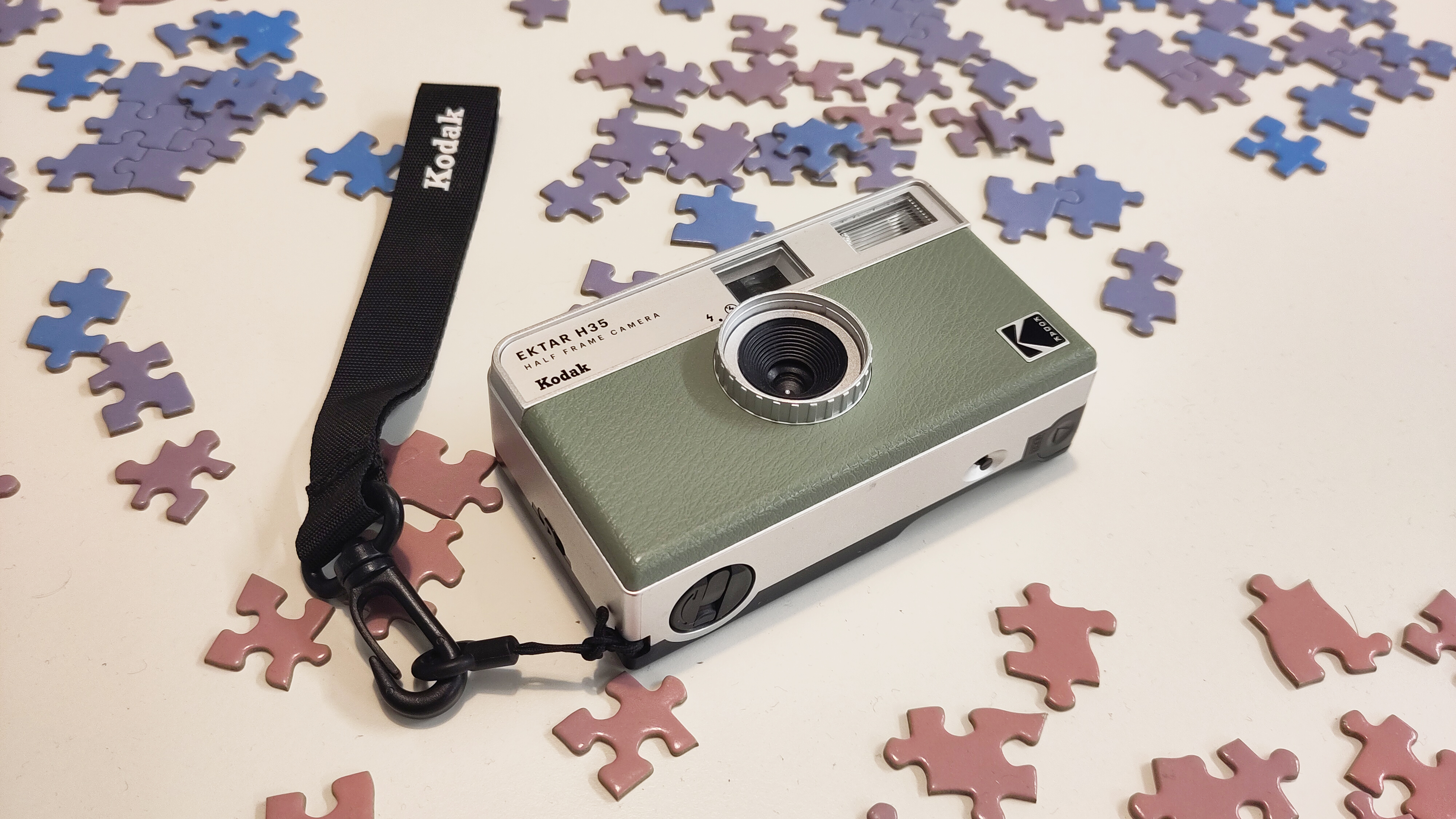
The days of cheap, easy film photography are gone, and are probably not coming back. Picking up a roll of Kodak ColorPlus used to mean fishing in a bargain bin and paying with spare change – now it means signing up to a waiting list and getting out the credit card. With development costs rising too, and vintage film cameras fetching eye-watering prices on eBay, there’s a real niche opening up for anyone with a way to cut the cost of shooting film. Enter the Kodak Ektar H35.
This point-and-shoot film camera has two things going for it in the war on costs. First, it’s a new film camera, and can be bought off store shelves for around £50/$50. Second, it’s a half-frame camera. You load it up with 35mm film as normal, but it divides each frame into two separate exposures. Whereas a standard SLR or point-and-shoot gives you 36 shots measuring 24x36mm from a single roll of film, the Ektar H35 gives you 72 images measuring 24x18mm. At a stroke, you’ve doubled your shot capacity.
Naturally, there are trade-offs. Cutting the frame of film in half has an inevitable, significant impact on the quality of the resulting image – to put it in modern terms, it’s like you’ve slashed your resolution in half. Images aren’t going to look as crisp, and are going to be much less tolerant to enlarging and printing.
As such, half-frame cameras were historically built pretty cheap, with an emphasis on knockabout fun – and the Ektar H35 is no exception. So the question is, does it do enough to be a tempting option for the thrifty film photographer, or is its half-frame photography cutting one corner too many?

Kodak Ektar H35: Specifications
Type: Point-and-shoot analog camera
Film: 35mm
Lens: 22mm, plastic
Shutter speed: 1/100sec
Aperture: f/9.5
Flash: Yes
Color options: Brown, sage, sand, or black
Kodak Ektar H35: Build and handling
Like many of the best Kodak cameras, the Ektar H35 is not actually made by Kodak. The venerable film manufacturer freely licenses out its name to other companies, and the Ektar H35 is actually made by committed analogue revivalists RETO, who are responsible for many other new analogue point-and-shoots under the umbrella of the Reto Project. The fact that the makers have some skin in the game when it comes to making film a popular, viable format again means the Kodak Ektar H35 doesn’t just feel like a cheap, cynical cash-grab, piggybacking off a famous name, as licensed products sometimes do.
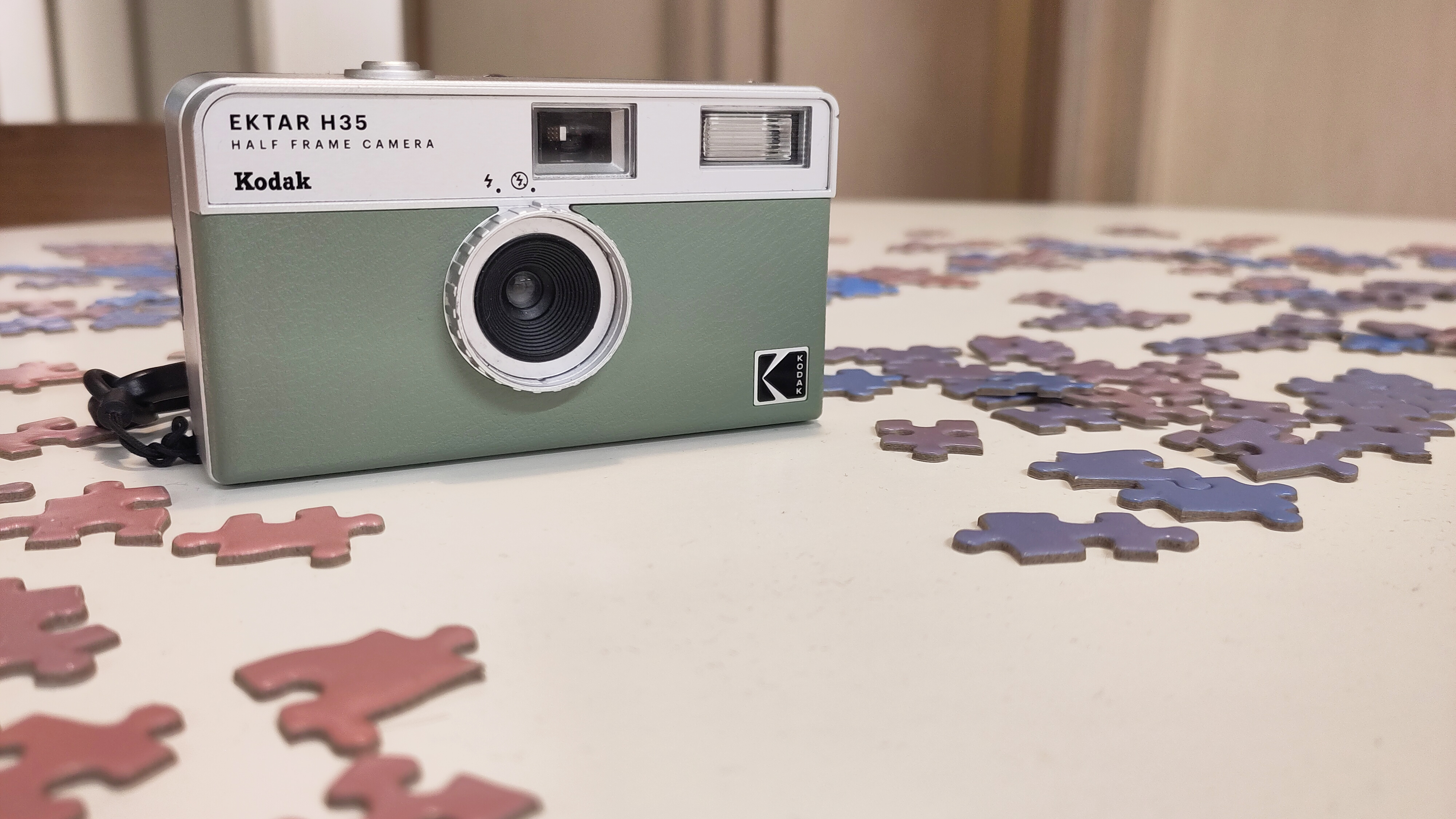
With that said, this is not a premium camera. It’s a plastic box with a fixed plastic lens. It shoots at precisely one shutter speed – and don’t even think about changing the aperture. The Ektar H35 comes supplied with a protective pouch (the elastic broke on mine immediately) and an attachable wrist strap.
It’s rather stylish though, with a slightly textured front panel that comes in four colour-ways. The shutter button on top is impossible to miss and depresses with a satisfying clunk. Loading film is easy to get the hang of, and while there’s no grip or anything like that, the rounded corners make it comfortable to hold. It’s slim, light and pocketable – exactly as it should be.
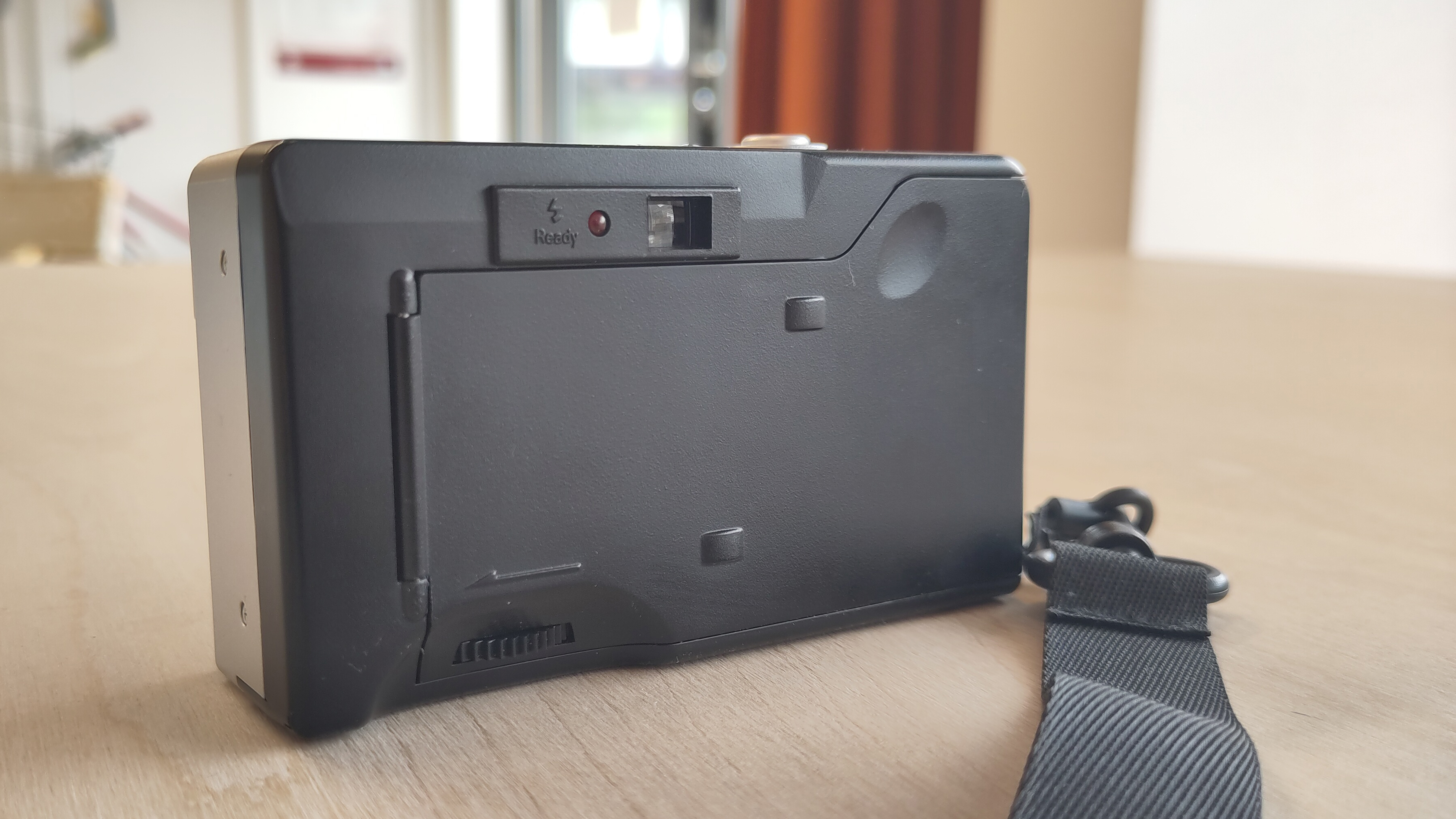
The one bit of control you do theoretically get to exercise is activating the flash, which is toggled on and off by a twist of the silver lens ring on the front. The flash is powered by a AAA battery – unfortunately, there isn’t any sort of timer mechanism to power it down if it goes unused for a while, and if you’re an absent-minded sort (hello) it is incredibly easy to accidentally leave it powered up and completely drain a battery.
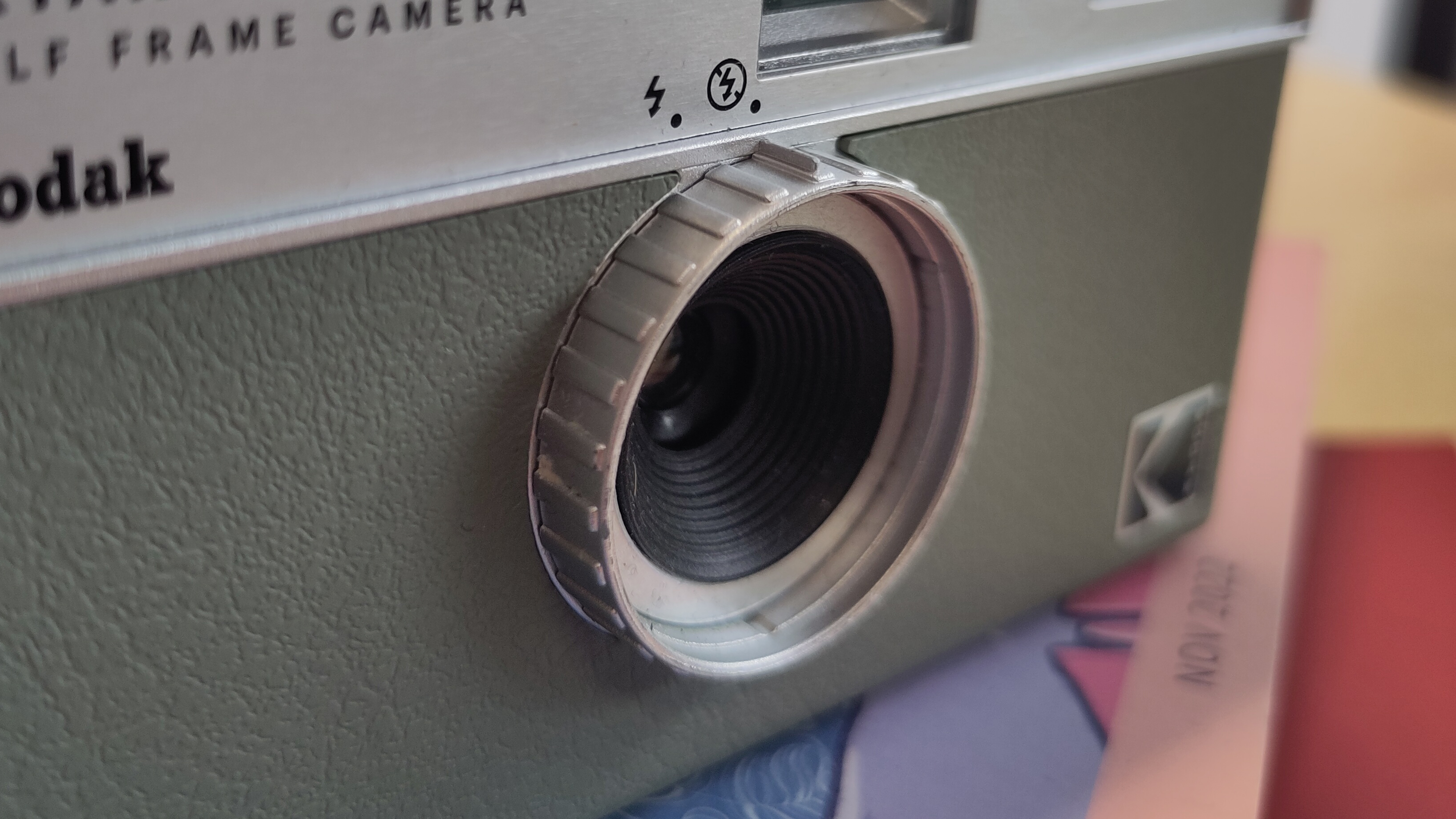
Though for me personally this was a bit of a non-issue, as I had trouble getting the flash to work at all – it definitely powered up at least once, but after that, even with subsequent swap-ins of brand new batteries, it refused to do anything. This wasn’t a huge bother for me personally – I like shooting outdoors and in daylight a lot more than I like firing a cheap on-camera flash in people’s faces – but it was still disappointing.
Kodak Ektar H35: Performance
You have to know what you’re getting into. The plastic lens on the Ektar H35 is not going to produce the same level of quality as a 50mm f/1.8, and if you go in with too expectant a mindset, you’ll probably be disappointed when the scans come out. Image sharpness is pretty rough, especially at distance – the lens seems to do best at around 1.5-2m from the subject.
The lens doesn’t handle backlight or flare particularly well, and the fixed exposure settings limit your practical choices when it comes to film. Something with a speed of at least ISO 400, like Kodak Ultramax or Fuji Superia X-Tra, will work pretty well – ironically, the beautifully Kodak Ektar film for which the camera is named is a poor choice, both because it's too expensive to blow on a camera with a plastic lens, and because of its ISO rating of 100. Anything too low is probably going to produce results that are too muddy for their own good.

The images produced by the H35 would generally benefit from some sharpening in Lightroom or Photoshop – I haven’t done that here to avoid misrepresenting what the camera is capable of. But honestly, if sharpness is something you greatly value, this isn’t the right camera for you. It’s at its best when you just embrace its lo-fi charm and ramshackle aesthetic, and accept that your roll of 72 shots is probably going to contain a few muddy, blurry, underexposed clunkers.
Basically, you’re getting a similar level of quality to a disposable film camera, which also means you can approach it with the same mentality of carefree fun. Bring the Ektar H35 to a festival, to a barbecue, to a day by the lake. Wander through a city and fire off a few shots at things that catch your interest. Have fun! That's what it's for!
Kodak Ektar H35: Sample image gallery

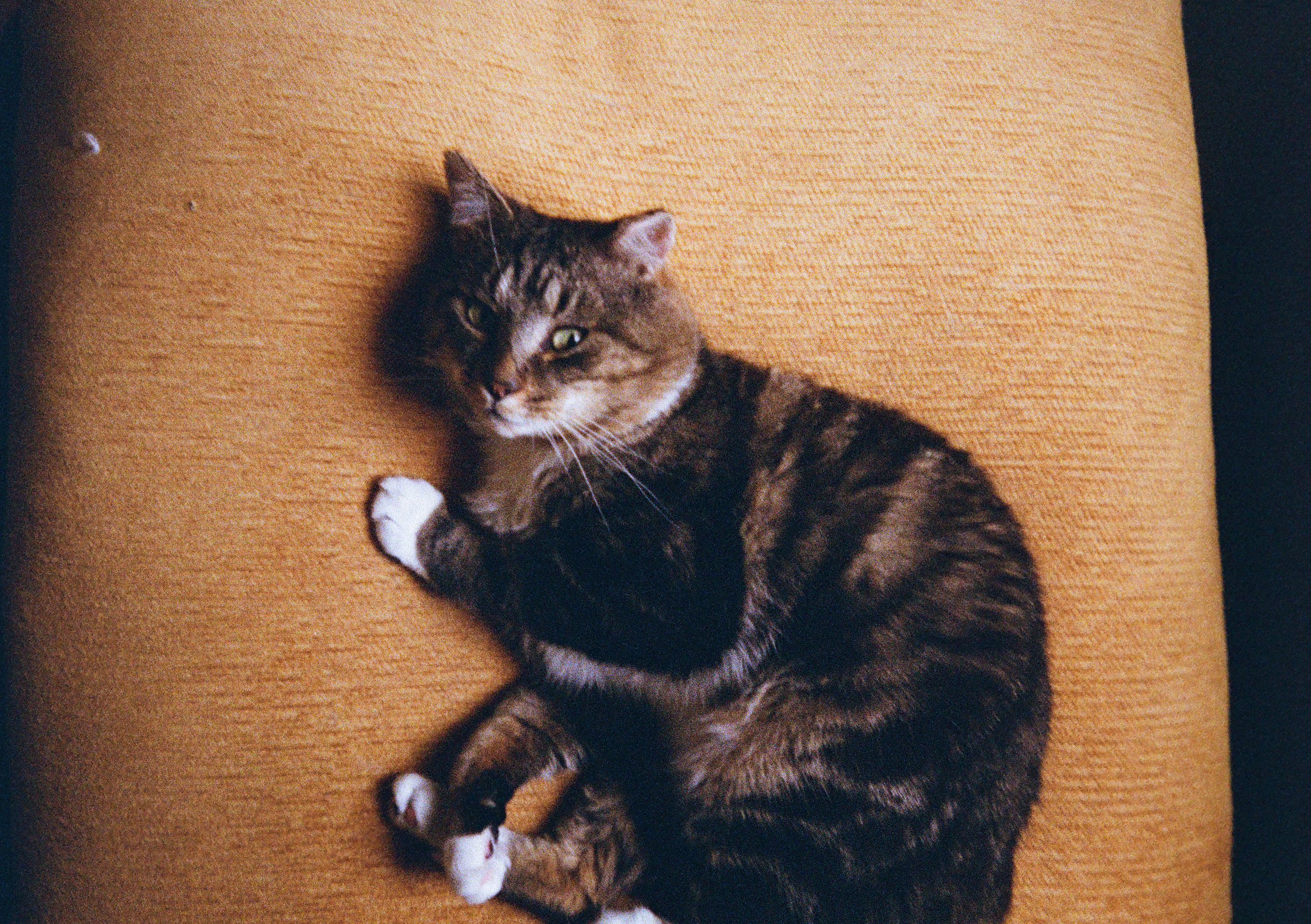
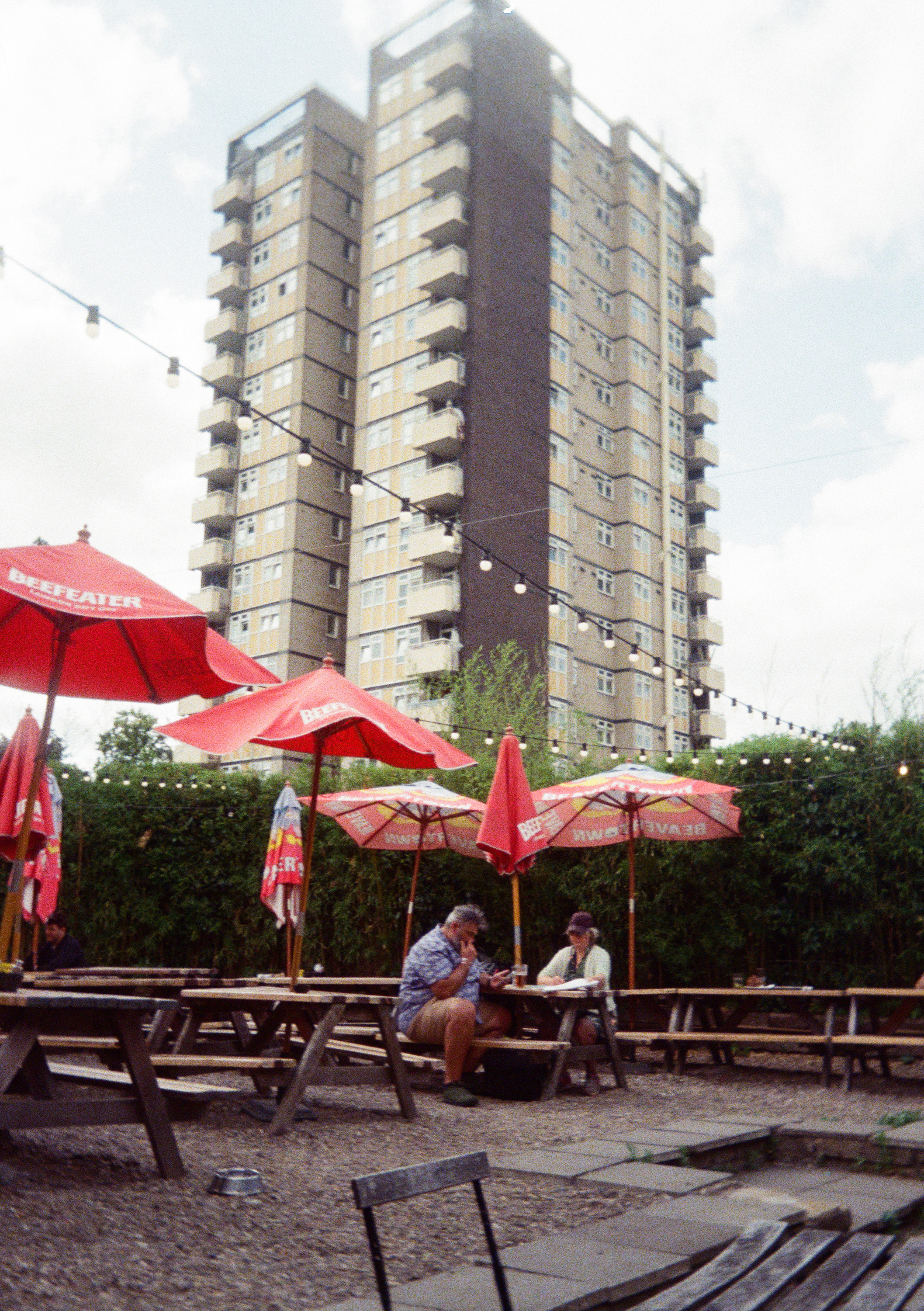


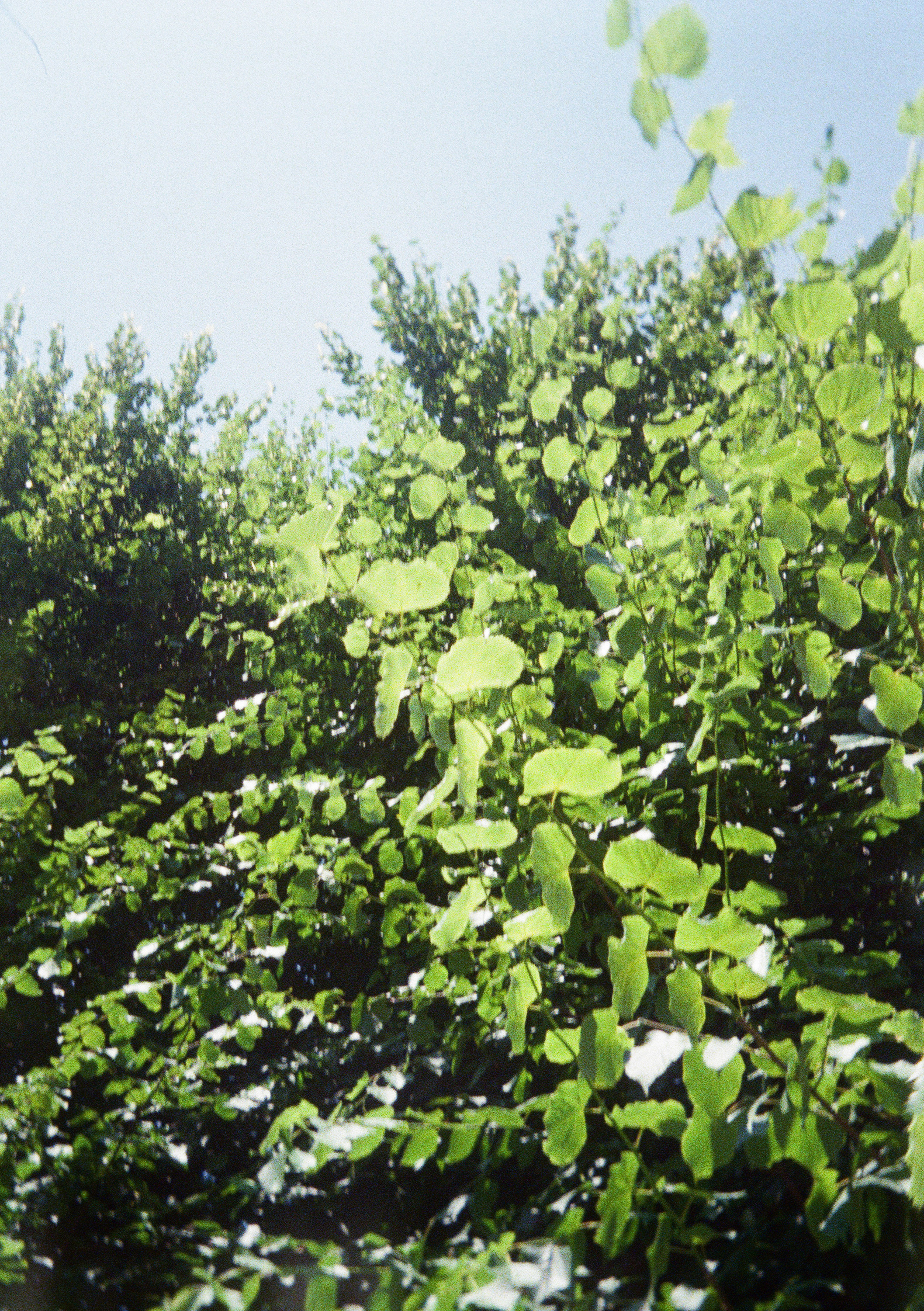

Kodak Ektar H35: Verdict
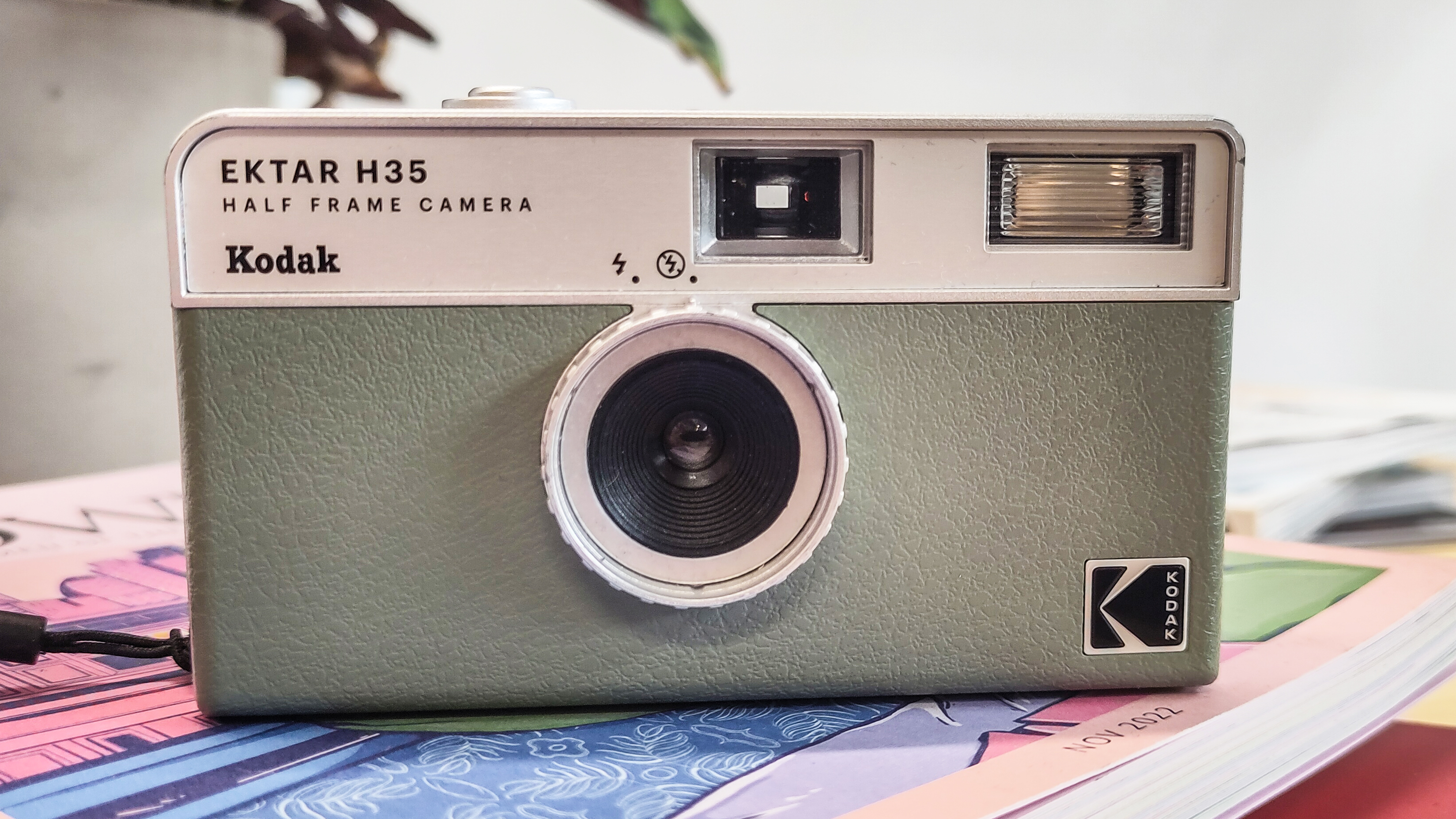
The Kodak Ektar H35 manages to be good, fuss-free fun while also not quite being all that it promises. The idea of doubling your output from a roll of film is no doubt going to be tempting for a lot of analog photography lovers who are feeling pinched and pressured by the cost of living. And long as you accept (and ideally embrace) the compromises in quality that come with its format, the Kodak Ektar H35 does give you more for your money.
A few more corners were cut than I would have liked. The battery-sucking flash is likely going to be an annoyance for a lot of people – would some sort of auto shut-off have been so expensive to implement? And while I was probably just unlucky with the specific H35 I picked up, the fact that the flash straight-up stopped working was definitely disappointing, and didn’t exactly inspire confidence about the longevity of the camera’s other moving parts.
With that said, I enjoyed shooting with the Ektar H35. I’ve already reloaded it, and armed with the lessons I learned from the first batch of 72 shots (get closer, for god’s sake), I’m confident I’ll continue to have a lot more fun with it.
Also check out our guides to the best film cameras, and to the best 35mm film







